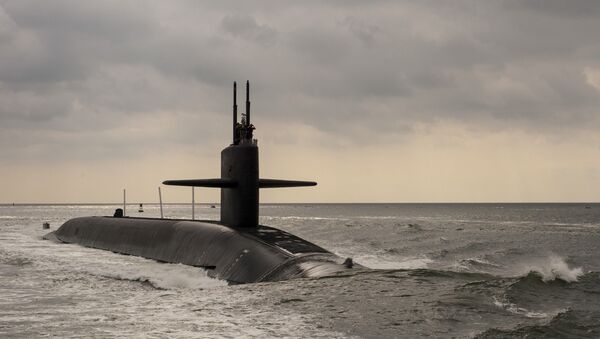Congress created a so-called National Sea-Based Deterrence Fund (NSBDF) to cover the extraordinary cost of replacing the Ohio-class submarines, with an overall cost estimated to be between $80-92 billion.
While the Pentagon has used “special funds” before to procure equipment that supports the Defense Department, the NSBDF differs by applying to all nuclear-powered vessels and allowing the Navy to use unobligated balances from all Defense Department accounts to fund these activities, Mackenzie Eaglen, defense analyst at the American Enterprise Institute, writes in an article published by Breaking Defense. Unobligated funds are not “free” or unused money; it is described as planned spending that has not yet been applied to a specific contract.
The Navy can save a lot of money on the Ohio Replacement Program through innovative contracting, but that money is independent of the Deterrence Fund, Eaglen writes. The payoff of the multi-year procurement and block-buy contracting approach is the promise of 5-10% in savings if the program is fully funded over its lifetime.
For the Ohio Replacement Program, that adds up to a lot of money, according to Eaglen. A notional 10% saving amounts to some $730 million per boat, based on the CBO-calculated cost, she writes. This helps to close a nearly $5 billion yearly projected shipbuilding shortfall, representing an estimated 14.7% improvement per year. Since 12 Ohio-class replacement boats will be purchased, this level of cost savings nets a total program cost savings of $8.76 billion out of a $99 billion projected funding shortfall over the same period.
These are significant savings, Eaglen writes, but the Navy still needs $90 billion over the next 20 years above what it would receive if its shipbuilding account is funded at the historical average.



